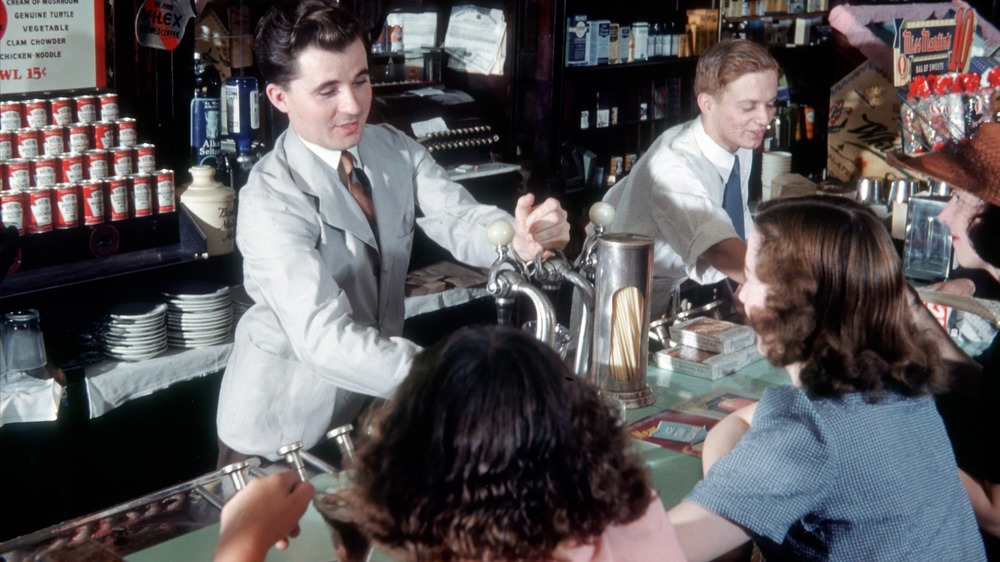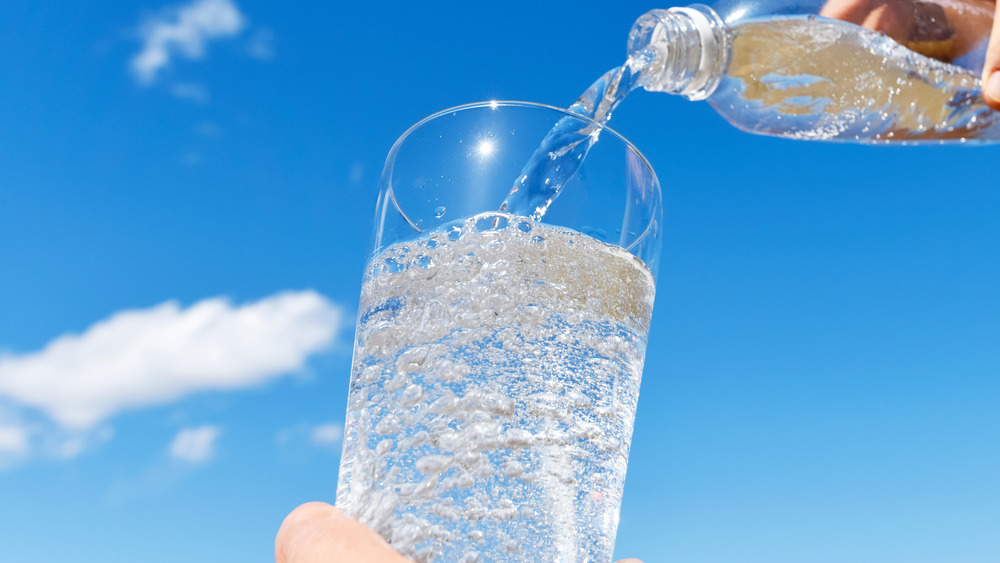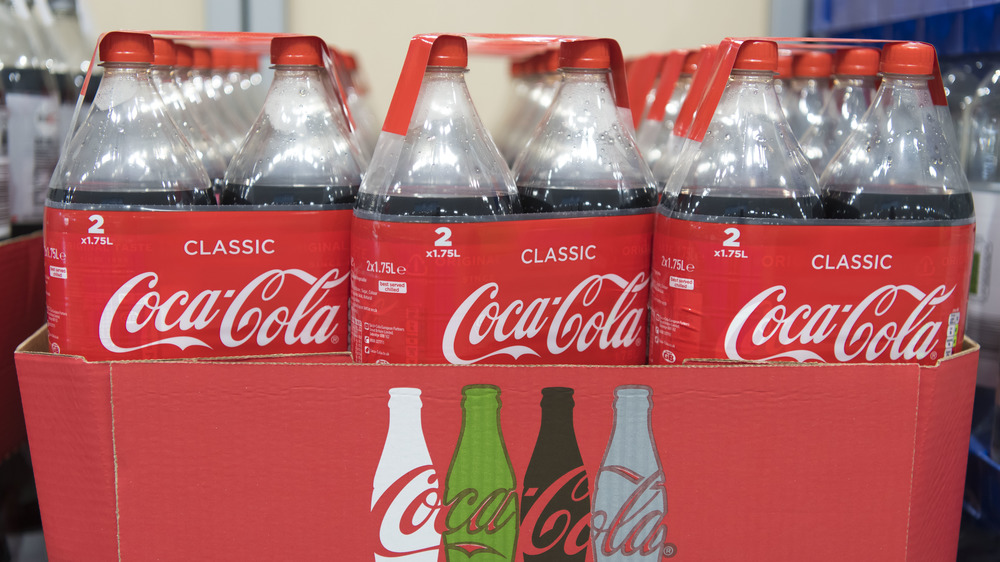The Truth Behind The Invention Of The Soda Fountain
Before cans and efficient airtight bottles — heck, before home soda-making devices came about — people frequented their local drug store or soda fountain to get those sparkling, bubbly goods.
Soda was first envisioned in 1767 by a British chemist, Joseph Priestley. He identified several gases and did experiments with others, including carbon dioxide (then called fixed air), which is a component in bubbly beverages. He even imagined what a carbonation machine might look like. Priestley published what he discovered, and that later inspired other inventors.
He thought a carbonated drink would have some medicinal benefits for certain disorders and did his research with that in mind. "Although it ultimately proved ineffective in treating these disorders, the 'gasogene' that employed this technique later made possible the soda-water industry," wrote Britannica.
Several others would expand Priestley's work. Thomas Henry is credited as the first one to sell soda water for health purposes at his apothecary in Manchester, England, during the 1770s, according to Soft Drinks: Their Origins and History.
Serving such bubbly drinks at the time proved challenging since bottles often leaked gas. "Henry recommended that all the bottles be very closely corked and sealed," according to the pamphlet. The apothecary's success inspired others to produce and sell medicinal waters, too.
The first soda fountains
Swiss scientist Johann Jacob Schweppe reworked Priestley's method and used a hand-cranked compression pump to create his carbonated water. Although, the company still exists worldwide, it also had bottling challenges in the beginning with their stoneware container quickly losing the drink's effervescence. Charles Plinth helped with this a bit when he invented the soda syphon in 1813. This helped the drink retain bubbles, but it wasn't ideal since "the syphons still had to be refilled at a facility that actually produced the carbonated liquid," according to Collectors Weekly.
Benjamin Silliman, a Yale chemistry professor, also struggled to find the right product to store his soda waters. He had followed Priestley's work and believed that these carbonated waters could be mass produced and sold for medicinal purposes. He got a Nooth apparatus for experimentation and began studying the best way to put carbon dioxide into water. He came up with two products – Soda Water (a version to help stomach problems like indigestion) and Ballston Water (a more refined brand, which was named for Ballston Spa's mineral waters in Saratoga, NY).
He began selling his drinks at a local apothecary and then decided to go big and open two pump rooms, or soda fountains. He sold his products at the Tontine coffeehouse and the City Hotel — both upscale venues.
The end of the soda fountain
Silliman marketed its medicinal benefits at a time when competing products emphasized the products exclusivity. "People who had better business sense than Silliman set up their pump rooms like a spa: You came to drink your carbonated water, but you hung around reading the free books and conversing with other intelligent people who were also there to drink carbonated water," said Anne Funderburg, author of Sundae Best: A History of Soda Fountains, to Collectors Weekly.
Silliman eventually left the industry, forced out by all the competition. But soda shops continued as a trend for years. "Though the enterprise was never a commercial success for Silliman," wrote Connecticut History, "he is still credited with popularizing carbonated water in America."
The demise of the soda fountain started in 1899 when Coca-Cola hired Joseph Whitehead and Benjamin Thomas to oversee the bottling of their drinks, according to Collectors Weekly. They did such a good job that by the end of 1920, Coca-Cola in bottles outsold the fountain products. The increase of roadside stands popping up — making cold, refreshing drinks easily available — also hastened the end of the era.


